
Saoirse Ronan has achieved more at the age of 14 than most actors have in their lifetime by winning an Academy Award, BAFTA and Golden Globe nomination. Her innate acting talent was blatant with an astonishingly chilling and brilliant performance in last year’s ATONEMENT. Her forthcoming films include DEATH DEFYING ACTS and THE LOVELY BONES, but up first, the remarkable actress takes the lead as Lina in Gil Kenan’s CITY OF EMBER.
Harry Treadaway made his feature film debut in 2005’s big hit BROTHERS OF THE HEAD, alongside his twin brother Luke. They became an overnight sensation playing Siamese twins in a punk rock band, but chose to pursue solo projects thereafter, which led to LOVE YOU MORE and THE DISAPPEARED. Up next, Treadaway stars opposite Ronan as Doon, an eager teen looking for answers and solutions in CITY OF EMBER.
I had the privilege of sitting down to chat with the sweet, young actors last year, during a group excursion to the set of the film in Belfast. Check out what they had to say.
Saoirse Ronan and Harry Treadway
Can you talk about your characters and how they fit into the story?
Saoirse Ronan: Lina, in a way, to me, I think she was a very responsible girl for her age. She’s only about 13 and she has to look after her younger sister, Poppy, and her granny who isn’t at a good stage to look after them. So she has to take care of them, meanwhile go to school and then start her new job as a messenger. And she’s very responsible and very determined. I think once she sees something and knows that it could be important, then she’ll try to the end to find the answer.
Harry Treadaway: I’m going to start with whole story here. It all starts with them swapping jobs, that’s kind of how they become connected. There’s an assignment day in Ember, which is normally on the last day of the school year. Because the population is in decline, they have kids from all years picking jobs out of a hat, from mold scraper to electrician’s helper to builder to messenger. I got messenger, which for Doon is like the worst possible job because it’s carrying gossip around the town and carrying messages for people that have nothing to do with the actual sort working of the city. Lina gets helper, don’t you?
I want to work in the generator because the generator’s like the life source of the city. It powers everything, and it’s clearly not working so well because more and more frequent blackouts are happening. Doon’s been raised in a way to ask questions and to constantly try and discover things. He’s very practical. His dad makes lots of things and he thinks if he can get into the generator, he can work it out and look at how it works and eventually try and make it better, make it sort of work better. So they swap jobs.
These two characters have completely different personalities. Doon is more impatient and impulsive…

HT: Yeah, no, he’s very determined and very driven. They both are very driven, but in different ways for different reasons.
SR: Yeah, I think they have determination in common, but they are completely different. And as you said, Doon is a very impatient person whereas Lina, I think, she has to be patient because she’s got so many things going on in her life that she couldn’t be any other way.
On a set as big and detailed as this, is it easy to fall for the reality of your characters?
HT: That’s the job, and that’s kind of on this more than anything, I think, the kind of visual manifestation of the script has been stronger than anything else I’ve ever done – like the whole world. It’s like being in Ember. The first scene was turning up this contraption that dad had made that we kind of find. You turn up and it’s there and it really is there, and kind of as you imagined it or better. I think Martin Laing deserves a mention for the set that he’s done, which I’m just constantly amazed by. Every room you turn up into, you’re just blown away and you go, ‘Nice one, mate.’ It kind of makes your job easier because it’s there. And you see the controller and little buttons are flashing. It’s all there.
How would you describe Gil Kenan as a director?
SR: What I loved about Gil is that he doesn’t just see it from a director’s point of view. He sees it from the character’s point of view and the actor’s point of view. That helps us a lot to know that he understands where we’re coming from, and we also understand where he comes from because we all get along really well together and talk.
HT: I think Gil has an incredible facility for knowing kids. There’s a million different ways you could tell this story but Gil’s incredible at knowing the sort of age that he’s going for, or at least has to be accessible to, not just for that but has to read to a young audience. He has an amazing understanding of how kids’ minds work.

Can you talk about some of the adult actors you’ve been working with?
SR: I want to talk Bill Murray for a second. I had, I don’t know, maybe four scenes with Bill Murray, but those four scenes you just kind of remember for the rest of your life. He continuously makes people laugh. Whenever he’s on set, he kind of puts everyone on a high. He’s really funny and he’s really talented. He learns his lines, but then adds things on and it makes it even better. Yeah, Bill is great.
How easy was it for you to work with Bill Murray when he was improvising?
SR: Well, the first time I was a little bit lost. We were in this room actually, and we were doing a scene and we did Bill’s shot first, and then they panned around on me. Bill decided to make his own script and tried to make me laugh the whole way through. We did about four takes and he was trying to make me laugh basically the whole way through, and I actually didn’t. I’m very proud of that. But yeah, and I didn’t really get lost because you know he didn’t lose the lines all together, he just made them his own.



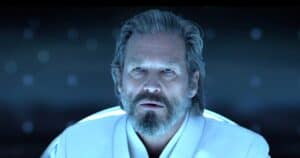
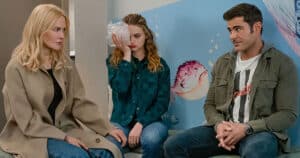

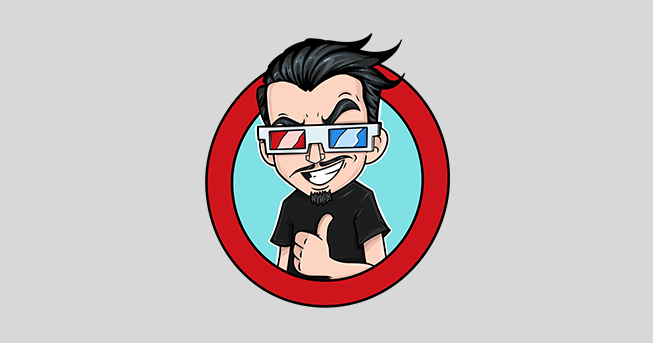
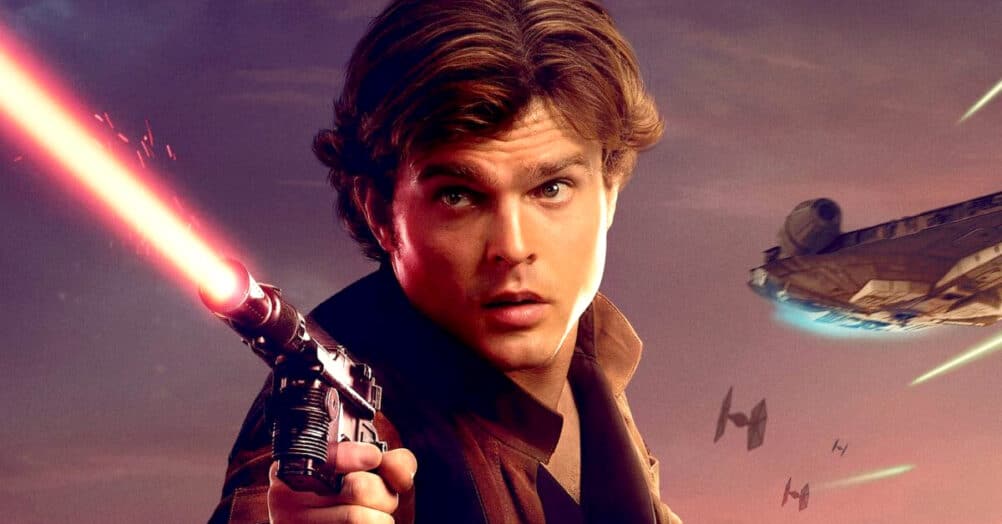
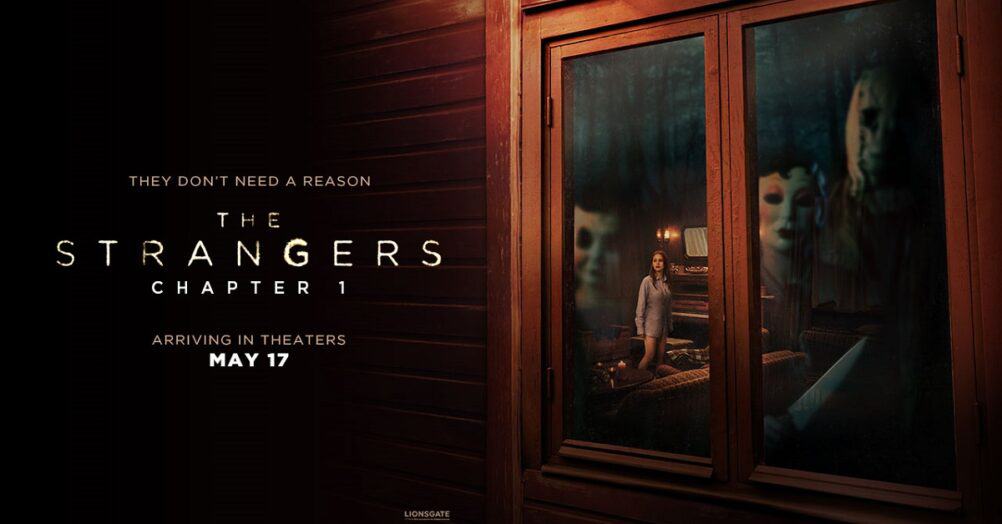
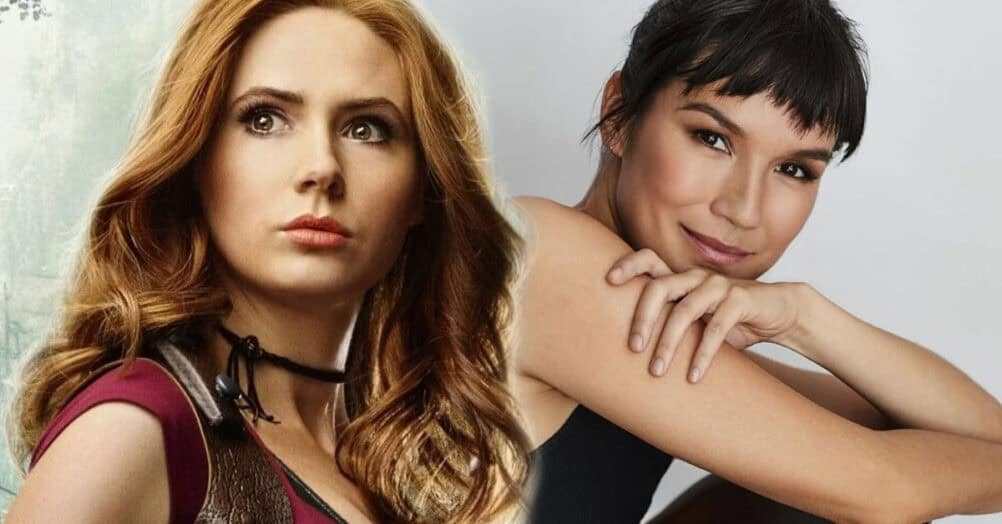
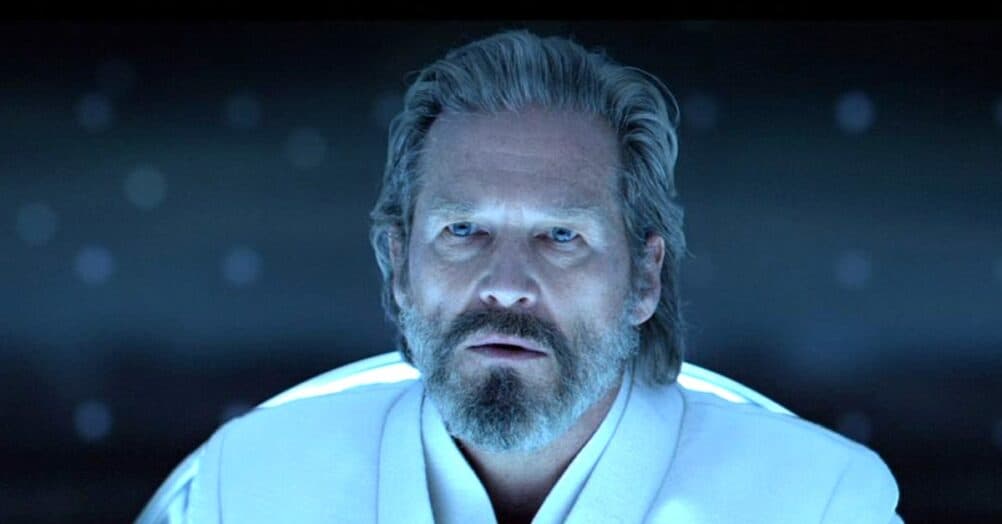
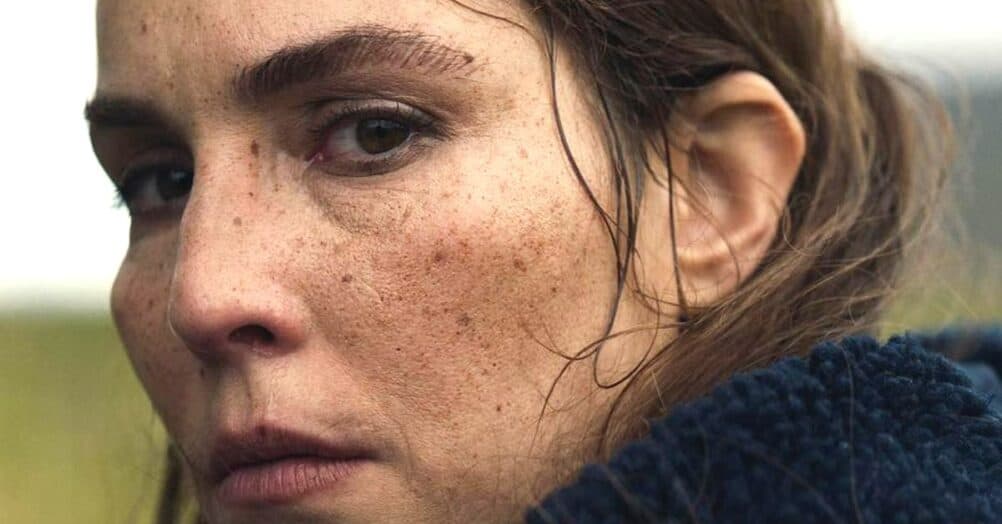
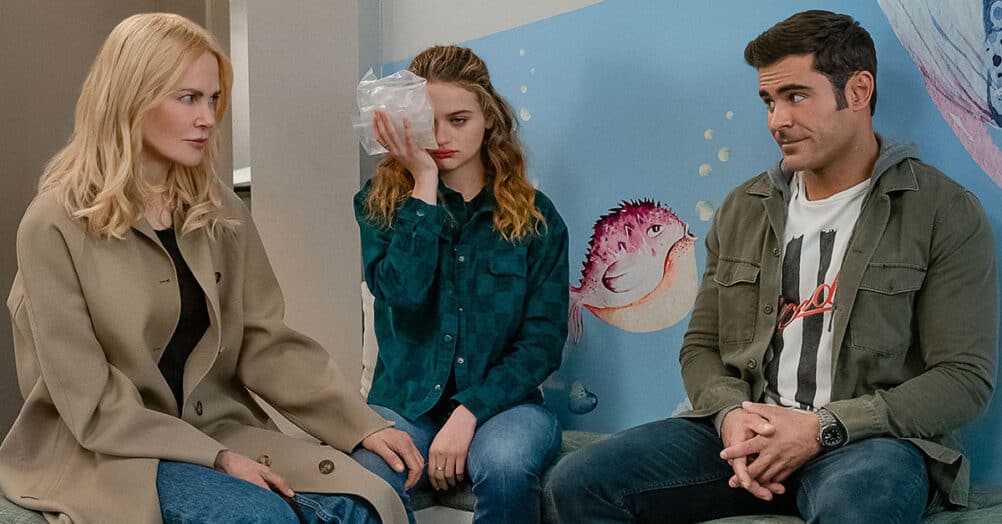

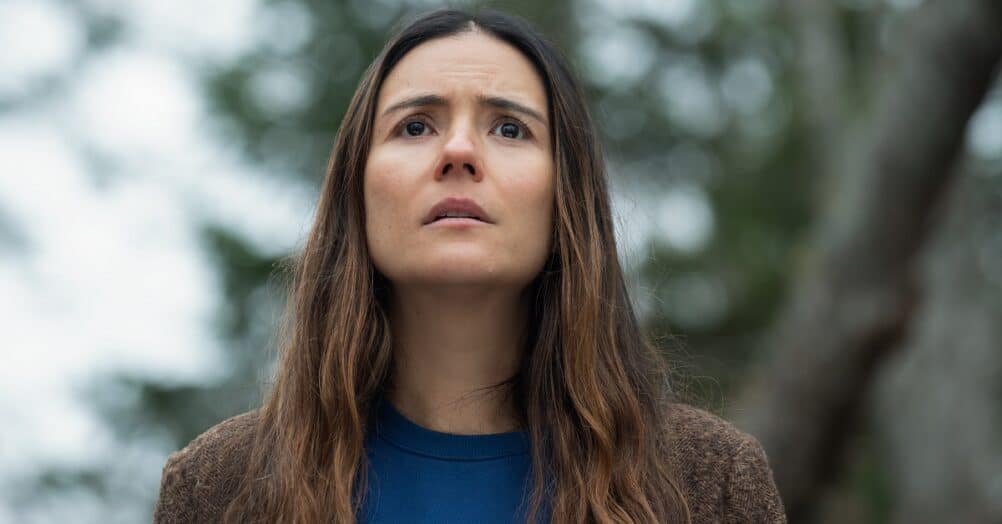

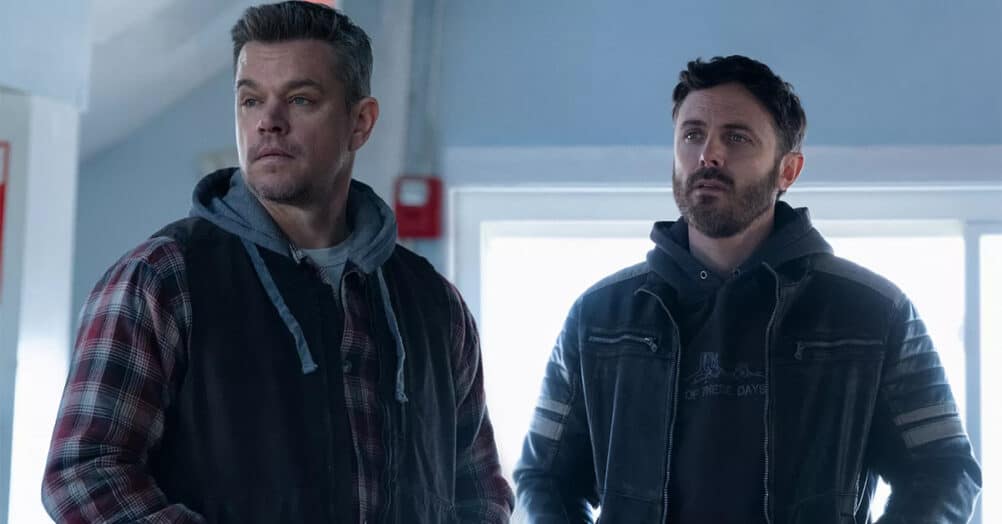
Follow the JOBLO MOVIE NETWORK
Follow us on YOUTUBE
Follow ARROW IN THE HEAD
Follow AITH on YOUTUBE